Geotech consulting and testing
Geotechnical Engineering UQ offers to its industry and research partners consulting services through the expertise of the Centre's staff.
Download Testing, training and numerical modelling capabilities booklet (PDF, 1.3 MB)
Expert Advice
Expert advice is available for:
- Peer reviews of major mining and infrastructure projects.
- Expert witness cases.
- Specialist advice in geotechnical engineering and geohydraulics.
- Interpretation and analysis of geotechnical laboratory and field data.
Laboratory Testing
The Centre regularly performs advanced laboratory testing including:
- Characterisation testing of slurries, soils and rocks, including:
- Gravimetric moisture content and total suction testing.
- Particle size distribution by dry (air and oven-dried) and wet sieving (without and with dispersant, and in a range of waters, including distilled, deionised, tap and process waters).
- Particle size distribution analysis by hydrometer and laser sizer (without and with dispersant, and in a range of waters).
- Atterberg limit testing.
- Specific gravity testing by helium pycnometer.
- Electrical conductivity and pH testing of pore water.
- Calculation of osmotic suction from electrical conductivity, and hence matric suction from total suction – osmotic suction.
- Strength testing, including:
- Laboratory and field shear vane testing of soft soils and tailings.
- Saturated and unsaturated triaxial shear strength testing of soil and rock cores.
- Saturated and unsaturated direct shear strength testing of soils and spoil in 60 mm, 100 mm and 300 mm boxes (including pull-out testing) under normal stresses of up to 1,000 kPa (equivalent to up to 60 m of overburden).
- Saturated and unsaturated direct shear strength testing of soils and spoil in 300 mm boxes under normal stresses of up to 10 MPa (equivalent to up to 600 m of overburden).
- Direct shear box testing of shear planes in weathered rock cores.
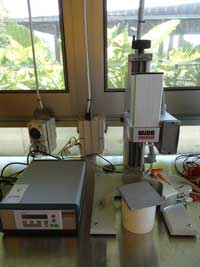
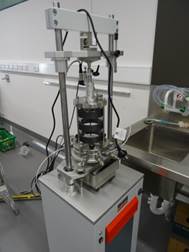
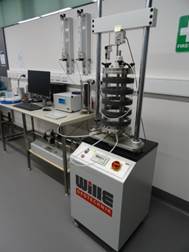

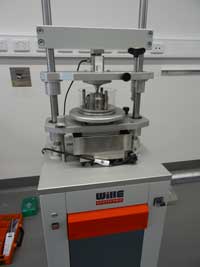
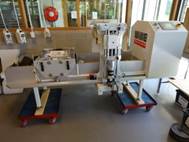


- Static testing of rock and coal, including:
- Uniaxial Compressive Strength (UCS), without and with strain gauging for Young’s Modulus and Poisson’s Ratio.
- Indirect Tensile Strength (ITS) by Brazilian testing.
- Fracture Toughness.
- Shore Sclerescope Hardness, using a Type-D Shore Hardness Tester, with reporting of SSH, Brinell and Rockwell Hardness values.
- Cyclic testing of rock and coal, as for static testing
- Quantitative and qualitative analyses:
- Backscatter and secondary electron imaging using Scanning Electron Microscopy (SEM)
- X-Ray Diffraction analysis using the Energy Dispersion Spectrometry (EDS) technique
- Sedimentation, filtration and desiccation testing of soil and tailings slurries.
- Compression testing of soil and rock fill or coarse-grained mine waste, including:
- 300 mm high by 150 mm diameter testing of soil and tailings slurries and soft soils in a slurry consolidometer to 300 kPa, with pore water pressure measurement.
- 76 mm diameter oedometer testing to 1,000 kPa applied stress.
- 150 mm diameter consolidometer testing to 10 MPa applied stress.
- Soil water characteristic curve (SWCC) testing of soils and tailings.
- Saturated hydraulic conductivity testing of soils and tailings.
- Calculation of unsaturated hydraulic conductivity function from SWCC and saturated hydraulic conductivity.
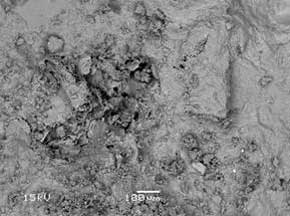

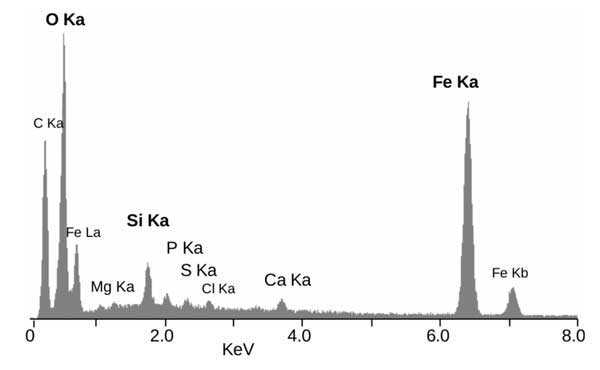
Computer Analyses
Solution and simulation of geotechnical engineering problems using:
- FEM analyses using MechSys and commercial software.
- DEM, SPH and LBM analyses.
- SGA analyses.
Commercial Research
The Centre has recognised strengths in the application of geotechnical engineering principles to mine waste management, mine design, mineral processing, and mine closure, and to mining and civil engineering infrastructure, including:
- Application of risk assessment and cost-effectiveness analysis to mining and construction assets, and the development of expert systems.
- Application of geotechnical engineering principles to mining and construction assets.
- Development of innovative landform and closure designs for potentially contaminating surface mine waste storages.
- Behaviour of buried structures under traffic and other loadings.
- Advances in techniques of underground excavation.
- Application of geophysics to geotechnical assets such as road pavements.
